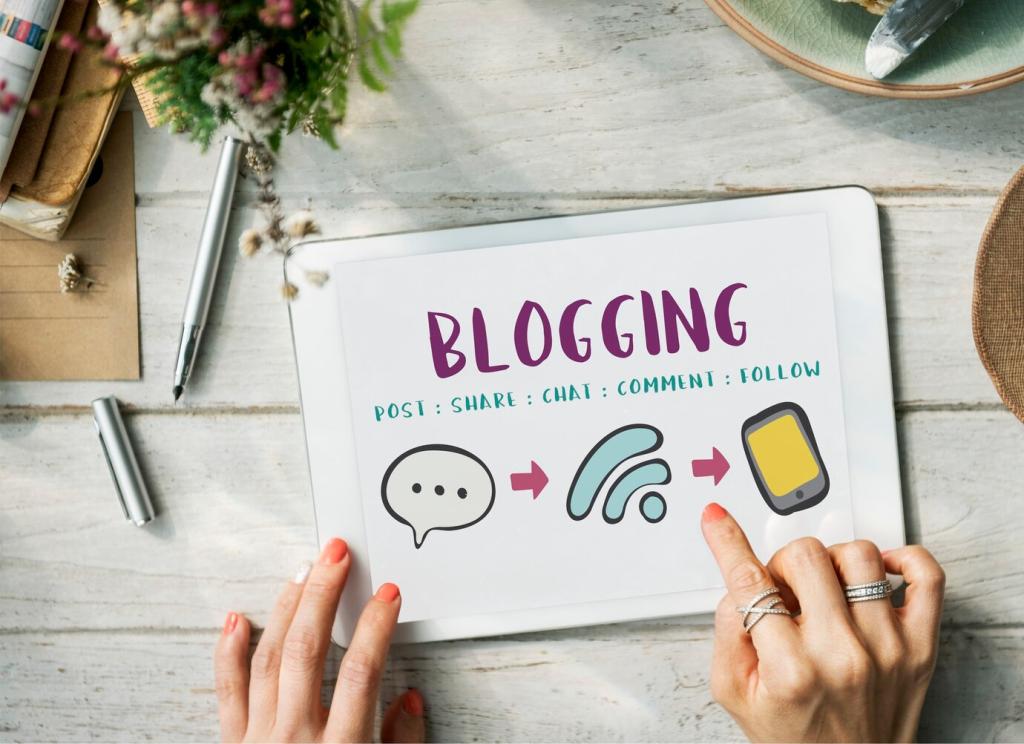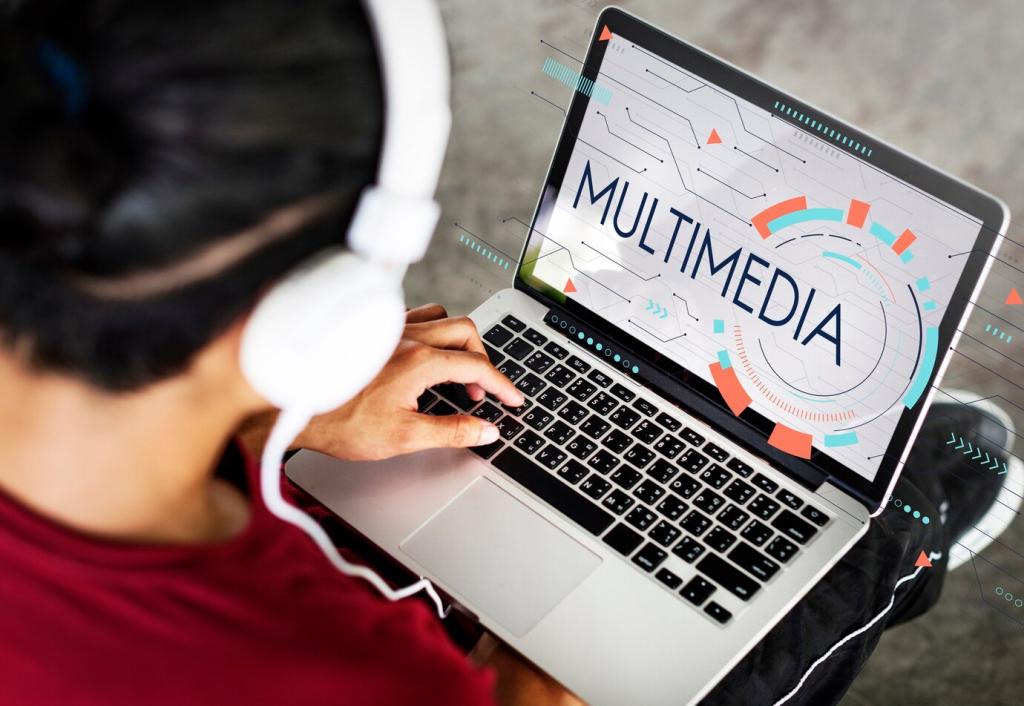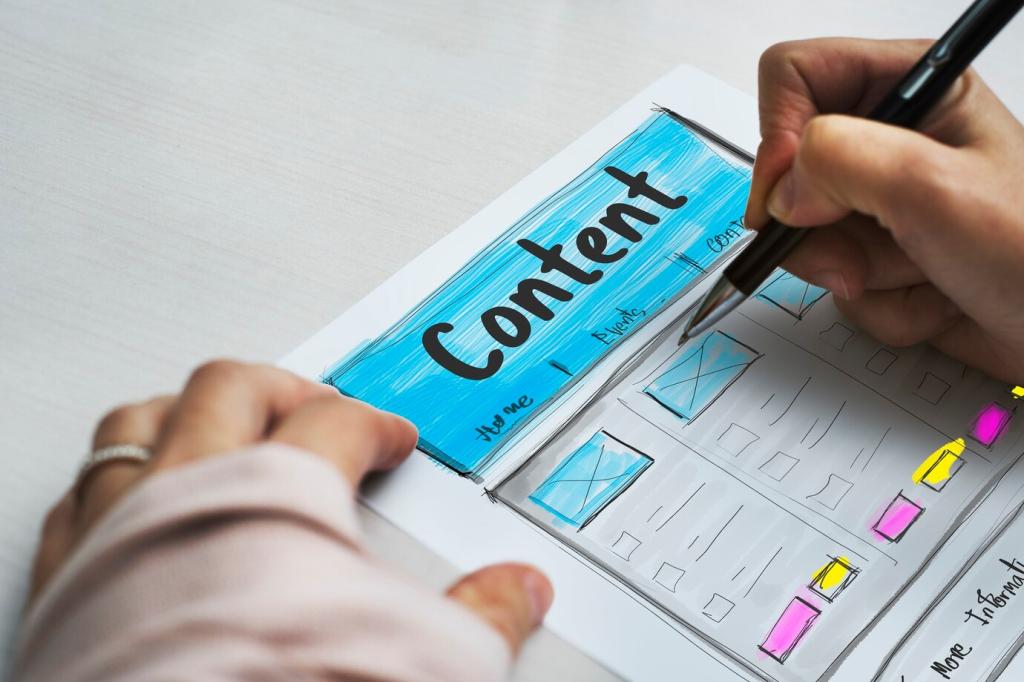
The Art of Writing for Interior Design Websites
Chosen theme: The Art of Writing for Interior Design Websites. Step into a space where words meet materials, color, and light. Here, we turn moodboards into messages, floor plans into narratives, and brand vision into a voice that feels like home. Read on, share your thoughts, and subscribe for fresh strategies tailored to design-minded readers.

Personas that feel like rooms
Build personas as carefully as a designer builds a room: layered, human, and purposeful. A young family may crave storage, durability, and warmth; a boutique hotelier seeks atmosphere, narrative, and distinctiveness. Share your primary persona in the comments and we’ll suggest copy angles.

Mapping moments of intent
From curiosity to commitment, track how readers move: “small apartment lighting ideas,” “Scandinavian palette,” “book consultation.” Each intent deserves appropriate copy depth and tone. Tell us which intent stage your traffic leans toward, and we’ll recommend page structures that support it.

Emotion before specification
Specifications matter, but emotion opens the door. Lead with promise, then follow with proof: serenity, flow, light, storage, sustainability. Weave emotion into headlines and save specs for easy-to-scan lists. What feeling should your homepage deliver first? Comment and we’ll craft a draft line.


Crafting Voice and Tone for Design Brands
Translate materials and reference images into diction. Marble might speak in quiet assurance; rattan might invite breezy familiarity. Write three lines inspired by a single sample board, then test them with your audience. Post your lines below and we’ll offer gentle polish.
Crafting Voice and Tone for Design Brands
Blend approachable language with expert confidence: “We guide,” not “We lecture.” Avoid jargon unless it clarifies, never intimidates. Share a paragraph you feel is too stiff or too casual, and we’ll demonstrate how to nudge it toward balanced, trustworthy elegance.
Frame constraints as catalysts: a narrow hallway becomes a gallery; a dim corner evolves into a reading nook. Use narrative beats—problem, insight, decision, reveal. Share one challenge from your latest project, and we’ll draft a compelling arc you can refine.
Storytelling with Space
Replace overused phrases with tactile specificity: lacquered walnut, gauzy sheers, limewash with soft tonal shifts. Let texture do the emotional lifting. Drop a photo link or description below, and we’ll propose sensory lines that feel fresh, honest, and gently persuasive.
Storytelling with Space
Writing for Imagery and Layout

Captions that earn their place
Avoid restating the obvious. Instead, reveal intention: how the custom joinery hides charging stations or why the rug anchors circulation. Share one portfolio image, and we’ll write two caption variations—one poetic, one practical—for you to A/B test with readers.

Microcopy that gently guides
Button labels, filter hints, and gallery prompts should feel like a docent’s whisper, not a megaphone. Replace “CLICK HERE” with “Explore the kitchen suite.” Tell us your most confusing interaction, and we’ll craft microcopy that clarifies without breaking the aesthetic spell.

Scannable structures for calm reading
Use short subheads, generous white space, and bullet clusters that behave like vignettes. Keep one idea per paragraph. Want a quick audit? Paste a section, and we’ll reflow it into a calmer, more skimmable structure suited to high-visual pages.
SEO That Honors Aesthetics
01
Group related terms into elegant clusters—“coastal minimalism,” “light-maximizing renovations,” “artisan finishes”—and assign them to distinct pages. This concentrates relevance without stuffing. Share your primary theme, and we’ll map supportive subtopics for a coherent content suite.
02
Link like a gallery floor plan: from entry (homepage) to rooms (services) to vignettes (case studies) to journal insights. Each link should feel natural, purposeful, and enticing. Drop your sitemap, and we’ll sketch a tasteful internal linking strategy.
03
Write title tags as minimalist headlines and meta descriptions as gentle invitations, emphasizing outcomes, not hype. Include place names when relevant. Paste a current snippet, and we’ll refine it for clarity, tone, and click-through without sacrificing your aesthetic standards.
Conversion with Taste
Replace aggressive imperatives with collaborative language: “Start a conversation,” “Discuss your project,” “Request a studio walk-through.” A/B test placement near emotional peaks in copy. Tell us your current CTA, and we’ll craft three refined variants to try.

